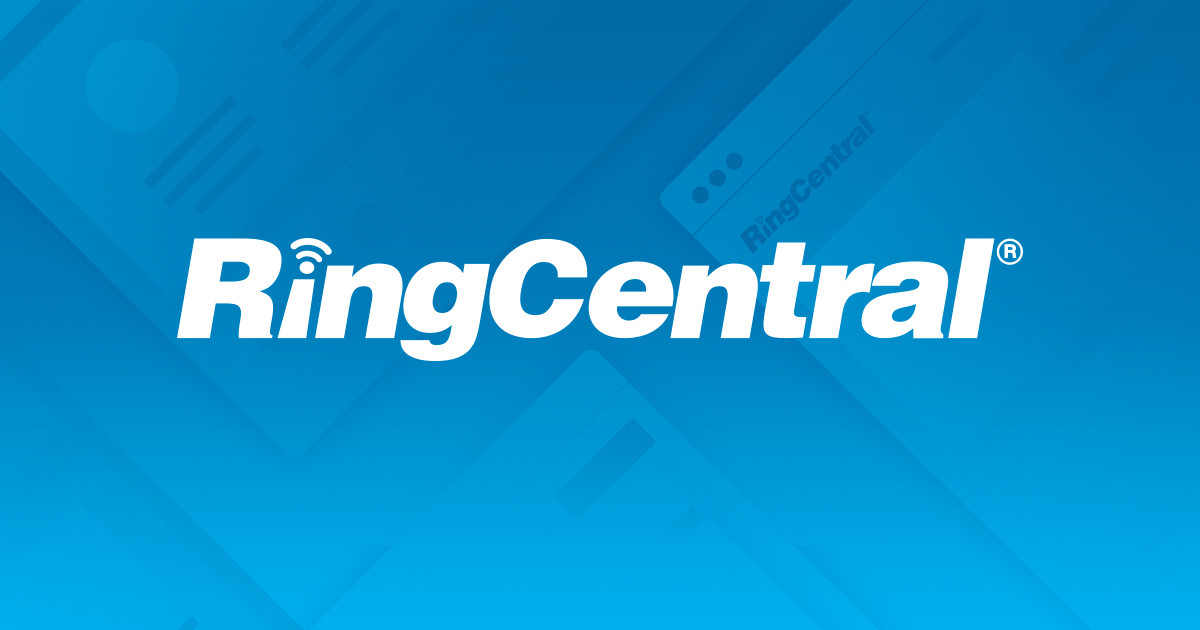Only 7% of companies offer a satisfaction survey following a customer interaction on social media*. Customers, meanwhile, are tired of answering the same automatic questionnaires every time and try to avoid them. Yet, asking for customers’ opinions enables the company to work with its customers to build the Customer Relations service of tomorrow and meet their expectations. So, how can we encourage the customer to respond? Here are some of our good practices!
Adapt the content of your questionnaires to the requirements of your customers
First of all, avoid possible misinterpretations by asking clear, precise questions: “What is your level of satisfaction regarding the exchange you have just had with one of our e-advisers?” Then, ask your customers about subjects that enable you to evaluate the different aspects of the communication, such as the waiting time, the clarity of the explanation provided and the friendliness of the adviser. You should also ask your customers if they would recommend you on the channel in question (social media, email, FAQ, etc.).
Remember that your customers will be more willing to give their opinion if your questions really correspond to the exchange they have just had with you. It is therefore best to create different surveys according to the type of requests received.
If your questionnaire must be as short as possible, make it good. It is better to create a 10-question survey that is comprehensive, well-constructed and well-presented than a banal 3-question survey to which your customers will not want to respond.
Finally, open the floor to your customers at the end of the survey with an open question. They will appreciate the chance to express themselves in detail about their exchange and their answers will help you to note anything lacking in your questionnaire.

For the presentation: go off the beaten track!
Unless they are very unsatisfied, customers rarely want to respond to satisfaction surveys. To ensure the most possible responses, be innovative! Do not offer them any old questionnaire with no originality; instead, offer a new experience. You can use, for example, emoticons, GIFs or images, which will bring added value to your questionnaire. Remember to use the codes of their chosen channel. For example: drop in some hashtags in your questions about your Customer Relations on Twitter. To improve your brand image, you can even use some humorous or lighter wording (like irony).

To maximise your response rate, do not forget the invitation!
So that is it, you have created a questionnaire whose content is as good as its presentation. When is the right time to send it? Just after the exchange and on the customer’s chosen channel. In this way, you can maximise the response rate by striking while the iron is hot.
In the message that accompanies the link to your questionnaire, help your customers to recontextualise your request by mentioning the exchange for which you wish to evaluate their satisfaction. For example, you could add a link to their first tweet. Then, to avoid any frustration, inform your clients from the very beginning of the average time it will take to complete the survey.
In a polite and friendly way, invite your customers to react to the experience they have just had with you. If you assure them that their opinion counts and demonstrate that you are always striving to improve, all the odds will be in your favour!
Monitor your results
If you offer a satisfaction survey, it should also serve to improve your advisers’ performance. We suggest you use a report tool that enables you to centralise all questionnaire responses. Many of these tools will enable you to track the marks received by your advisers in real time and to see their progression through advanced statistics.
You now have all the keys necessary to create and offer an attractive, clear and relevant satisfaction survey that will make your customers want to respond. Do not hesitate to be original in order to improve your brand image and optimise your response rate.
*Source: Dimelo 2016 Study
Back to Dimelo Blog



